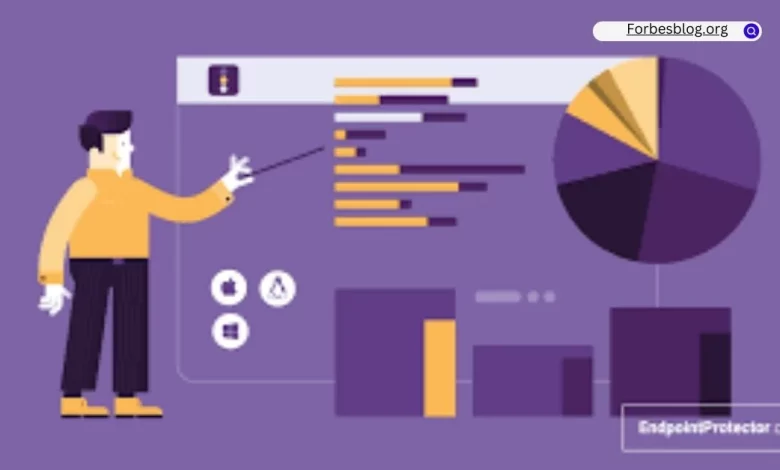Exploring the Benefits of Email DLP

When it comes to the internet, data is an important concept. People and businesses are constantly uploading and downloading data, using it to further their aims. If you’ve ever lost data, you already understand how frustrating and potentially devastating this situation can be. You count on the web to get you what you need with ever-more consistency, so losing data can be an unpleasant surprise.
Beyond having data disappear into the ether for reasons that you may not understand, it can also be stolen. There are few things online that people consider as sensitive as their email accounts and protecting data here is critical. Further, email is a major target for inbound threats.
What Is Email DLP?
Email DLP stands for email data loss prevention and it aims to prevent email compromise. It is the operation that detects and prevents data breaches, exfiltration or the destruction of sensitive data. Thousands of companies across the world employ email DLP as part of their security package. Considering that malicious breaches and data leaks will continue to be growing threats, the email DLP industry is expected to grow about 24% by 2026.
How Does Email DLP Work?
When people think about DLP, they often think of external threats, such as phishing and malware attacks. However, there are internal threats at play, as well. Some can be malicious while others might be accidental. Human error is the leading cause of data loss. Consider how often email is sent to the wrong recipients or has the wrong file attached.
Even the innocent, accidental reply to all as opposed to the single, appropriate recipient constitutes a potential data breach. Each of these scenarios puts sensitive data into the wrong hands. Security awareness training is an effective DLP tool for companies. People can get complacent unless they recognize that there is risk out there.
There are loads of tasks that email DLP handles in its effort to protect data. It is a dynamic service that offers not only protection but flexibility and a sense of control. DLP can be utilized on selected teams or users and can be managed by the DLP provider or by the company itself.
Email DLP identifies and controls sensitive data, so establishing what data your company should protect is a critical step to successfully implementing DLP. Even though sensitive data varies by company, some common types include:
- Credit card numbers
- Salaries
- Account numbers
- Trade secrets
- Login IDs and user passwords
- Health records
- Social security numbers
Once the data has been identified, it must be stored in a secure place, available only to certain people as particular situations require. Adopting access control lists is one way to keep tabs on who is examining the protected data and how often. Setting archive controls can also protect sensitive data that has been used but is still in the system. Even this data can be corrupted or stolen as long as it remains exposed.
Data encryption is another sound DLP tactic. This is effective because it prohibits unauthorized users from accessing encrypted content, which is only available to users equipped with the requisite decrypting software.
The email DLP software is critical to improving your company’s data protection quotient. It usually monitors your company’s servers, gateways, devices and email contacts. When it detects what it perceives to be a threat, DLP software will flag any suspicious activity to immediately prevent a data breach.
What Are the Two Major Types of DLP Technology?
Rule-based DLP allows administrators to identify and tag types of data, sensitive domains and activities. When it identifies a threat, it can flag it or block it.
Machine-learning email DLP is a system in which the DLP system effectively learns the online communication habits and patterns of your team and can identify threats by consistently analyzing that data to find inconsistencies, which are then flagged.
Protecting your email data is imperative and that’s why organizations are turning more and more toward email DLP. When something exists that will prevent data breaches or loss, it makes sense to put it in play, thereby ensuring business as usual with no unpleasant surprises.
Visit for more information: forbesblog.org




